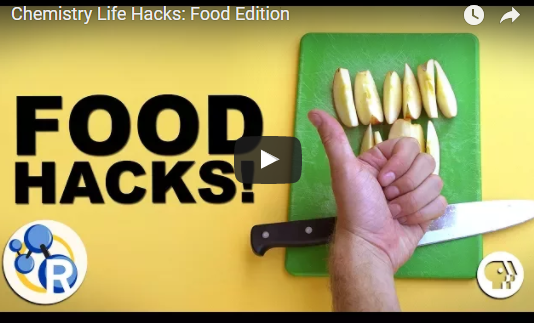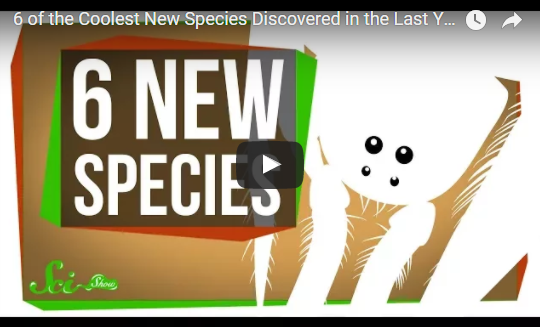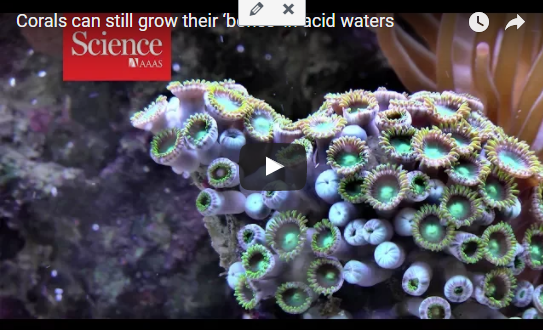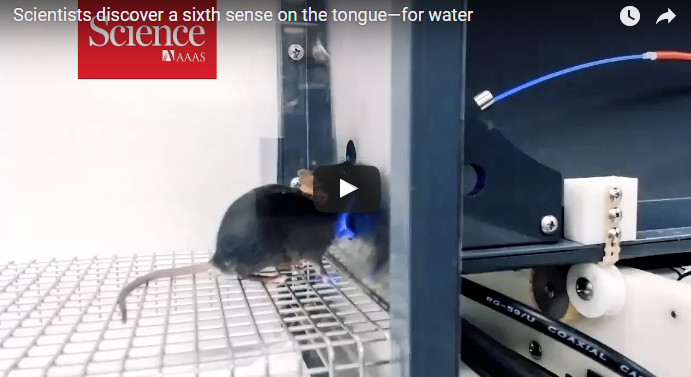by msander | Jun 15, 2017 | Gr. 11-12 Biology
In this activity, lysing the cell wall of a piece of fruit is accomplished by quickly blending or smashing the fruit. Salt is added to the filtered fruit solution to coalesce (combine) the DNA strands that have been freed from the nucleus. Detergent is added to the...

by msander | Jun 14, 2017 | Gr 9-10 Science, Gr. 11-12 Biology
Reactions is back with another round of chemistry life hacks. Our latest episode brings chemistry to the kitchen, and features science-backed tips to cook rice with fewer calories, get extra juicy chicken (when you don’t have time to marinate) and keep sliced...

by msander | Jun 12, 2017 | Gr 4-6 Science & Tech, Gr 7-8 Science & Tech, Gr 9-10 Science, Gr. 11-12 Biology
In Cretaceous times (around 100 million years ago), North Africa was home to a huge river system and a bizarre menagerie of giant prehistoric predators — including the Spinosaurus, a dinosaur even more fearsome than the Tyrannosaurus rex. Nizar Ibrahim uses...

by msander | Jun 12, 2017 | Gr 1-3 Science & Tech, Gr 4-6 Science & Tech, Gr 7-8 Science & Tech, Gr 9-10 Science, Gr. 11-12 Biology
Check out Ms. Spider Hat and five other new species scientists have discovered and classified in the last year! Hosted by: Hank Green ———- Support SciShow by becoming a patron on Patreon:...

by msander | Jun 5, 2017 | Gr 4-6 Science & Tech, Gr 7-8 Science & Tech, Gr 9-10 Science, Gr. 11-12 Biology
New finding reveals how corals build their skeletons. Learn more: http://scim.ag/2rZhNh1 Read the research ($):...

by msander | Jun 1, 2017 | Gr 4-6 Science & Tech, Gr 7-8 Science & Tech, Gr 9-10 Science, Gr. 11-12 Biology
New study in mice sheds light on how animals stay hydrated Viewed under a microscope, your tongue is an alien landscape, studded by fringed and bumpy buds that sense five basic tastes: salty, sour, sweet, bitter, and umami. But mammalian taste buds may have an...






Recent Comments